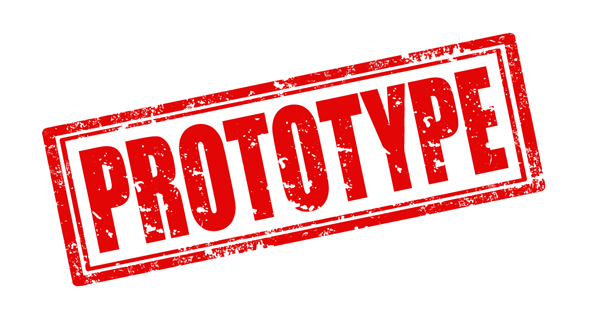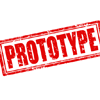Better Buy-In with Website Prototypes

One of the most critical junctures in developing a website is the concepting review prior to moving into development. Designers collaborate with development to propose and/or validate the creative direction as it relates to behavioral execution. Showcasing creative in a one-dimensional mode can be a roadblock to sell an idea. Moreover, not having the capability to simulate an action can lead to a misinterpretation of execution. This is where prototype applications fill a void in the typical development process. Prototype applications allow for testing and trial of a website design before moving into the programming phase. The primary objectives are to evaluate proposed design and activity for accuracy, translation to development, and potential enhancements to optimize overall website integrity.
Employing a prototype application to simulate the designers' vision streamlines the overall transition from concepting to programming. Furthermore, providing a website prototype can garner better buy-in and understanding from stakeholders. Here are the top three reasons why prototyping should be integrated into the website development process.
1. Imaging functionality is uninspiring
Presenting creative ideation through PDFs will only take a presentation so far. Scrolling through static layouts doesn't give the proposed project due diligence. "Now imagine when you click here, an elegant scroll down the page will happen." Talking through the user experience can be daunting and uninspiring. Stakeholders want to be engaged and have a true understanding of what the proposed website is going to deliver. Most stakeholders are not designers or developers and providing creative concepts in an active state will translate ideas to reality.
Prototype software simulates behavior, not always exact but close enough, so the team has a thorough understanding of the intended visitor journey. The creative team can upload PDF files from desktop into the application and select behaviors from the dashboard. Behavior options include scrolling within page, click-throughs, dropdowns and hover states to name a few. Most prototype applications also have mobile tools to simulate tap and swipe gestures. Additionally, projects can be pulled right from a smartphone for a more realistic experience.

2. Reviewing the real rendition
Color palettes and screen views are critical elements to any websites. Providing printouts for website creative can pose a threat to the real rendition of RGB on-screen. Prototyping layouts safeguard the color integrity versus multiple printers providing different versions of the same color. This examination can be crucial when adhering to a brand standards guideline that has strict regulation on color and logo usage.
Prototyping also provides viewing in different screen resolutions to verify that layouts will render appropriately. It should be noted, 1024x768 is the benchmark resolution for development. If liquid layout is preferred, the same creative specifications can alter in 1600x900 or vice versa. Then take into consideration responsive design for mobile, and the layout can be up for debate all together.
3. Aggregating commentary efficiently
Stacks and stacks of paper with handwritten notes are not only unwieldy but an enormous time waster. Multiple approvers on different versions of different printouts can rack up unnecessary hours on a project. Prototype applications offer collaboration tools that provide the ability to post comments or start a discussion. Having a centralized hub of communication organically organizes revisions and level sets all parties involved. The creative team can review comments, post questions or mark tasks complete. Real-time updates ensure that the shared presentation link is always capturing the latest uploads from the creative team.
For remote team members, some applications offer live stream white boarding. Because most prototype applications are hosted in the cloud, real-time meetings are possible. Remote participation can shorten the approval time and increase stakeholder project investment. Also a bonus for outsourced talent.
Big ideas for websites can often get lost in translation during the presentation of concepts, slowing the process and leading to unnecessary changes. With a minimal extra investment of time and resources, prototyping website concepts can help present your ideas and earn approvals efficiently.
Danielle Vitogiannes is the Director of Digital Services at Celtic Chicago. Working for the ad agency business for more than 12 years, Danielle develops intuitive and successful digital programs for B2B and B2C clients.
Subscribe to Our Newsletter!
Latest in Marketing









